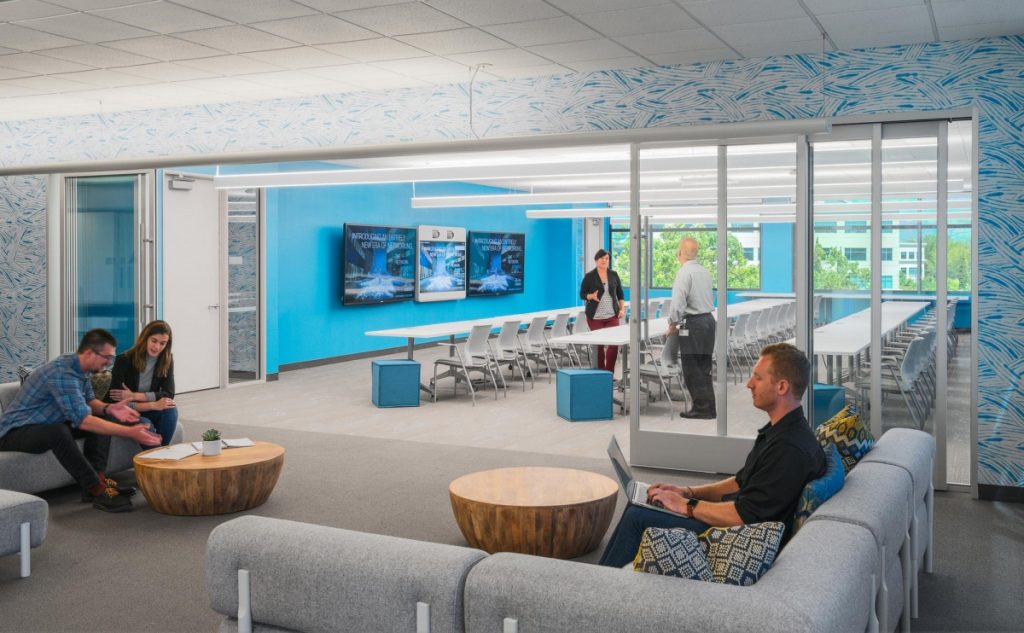The demand for sustainable living is rising, and with it, the interest in the Passive House Design Guide. This approach is not just about reducing energy bills; it’s about creating a sustainable future for all. Homeowners and real estate developers alike are increasingly drawn to this method of construction that promises both efficiency and comfort.
In this comprehensive guide, we delve into the essentials of passive house design, providing insights into its core elements, benefits, and practical applications. Whether youre looking to build a new home or retrofit an existing one, understanding the principles of passive house design is crucial for an eco-friendly lifestyle.

The Basics of a Passive House
A passive house is a building standard that is truly energy-efficient, comfortable, affordable, and ecological at the same time. It leads to ultra-low energy buildings that require little energy for space heating or cooling. Let’s explore what sets passive houses apart from conventional buildings.
The Five Key Principles
- Thermal Insulation: Effective insulation keeps the heat just where you want it. High levels of insulation maintain desired temperatures, reducing the need for heating or cooling.
- Passive Solar Design: Maximizing natural sunlight not only provides natural lighting but also aids in passive heating. Strategic window placement can significantly impact energy efficiency.
- Airtight Construction: An airtight building envelope ensures that no warm air escapes in winter, and no hot air enters in summer, enhancing energy savings.
- Mechanical Ventilation: Fresh air systems with heat recovery are crucial to maintaining indoor air quality while minimizing energy loss.
- High-Performance Windows: Properly designed and installed windows optimize daylight and contribute to overall thermal performance.
The Advantages of Passive House Design
Opting for a passive house can bring multiple benefits. Here are some compelling reasons why more people are choosing this path:
Cost-Efficiency
A passive house might have higher initial construction costs; however, the energy cost savings over time make it a wise investment. Studies have shown a significant reduction in utility bills, making up for the initial spend.
Enhanced Comfort and Health
With consistent indoor temperatures and high indoor air quality, passive houses provide a healthy and comfortable living environment. This is especially beneficial for those with respiratory issues.
Environmental Impact
Reducing energy consumption not only cuts costs but also lessens your carbon footprint, contributing positively to the environment. Adopting passive house principles is a proactive step toward sustainable living.
Navigating Challenges in Passive House Construction
While the benefits are clear, there are challenges to be aware of:
Climate Considerations
The effectiveness of a passive house can depend heavily on climate. For example, areas with less sunlight may require alternative energy sources or adaptations to maintain efficiency.
Skilled Labor
Construction of such houses requires contractors with specific knowledge and training in passive building techniques. Its crucial to work with experienced professionals to ensure success.
Implementation Process of Passive House Strategies
Bringing a passive house vision to life involves several critical steps:
Site and Design Planning
Your first step is selecting the site. Consider factors like sun positioning, shading, and landscape. Designs must be tailored to maximize benefits from the environment.
Construction Techniques
Utilizing sustainable materials and advanced construction techniques is necessary. Everything from insulation quality to window placement must adhere to passive house standards.
Quality Assurance
Throughout the building process, maintain rigorous quality assurance checks to ensure compliance with passive house standards. Quality control helps in achieving optimal energy performance.
The Future of Passive Housing
As awareness spreads, the adoption of passive house standards is growing. With the global push toward sustainability, this design philosophy is set to become a cornerstone of future architectural trends.
Developers and homeowners are encouraged to [learn from sustainable building best practices](https://brucemasseyconstruction.com/sustainable-building-best-practices/) and embrace passive design to build a sustainable future.
Policy and Support
Governments and organizations are beginning to provide incentives for companies and individuals who choose energy-efficient building solutions. These initiatives aim to further encourage the construction of passive houses.
Conclusion
The path to building a greener world can be effectively walked by adopting the passive house design guide. As we venture further into this era of energy-conscious construction, the integration of passive techniques into real estate development becomes not only beneficial but necessary.
Further enriching your knowledge, explore the detailed strategies for achieving leed certification strategies and ensure your projects align with global sustainability goals.

Frequently Asked Questions
What is a passive house?
A passive house is a building standard highly focused on energy efficiency, resulting in net-zero energy consumption for heating and cooling.
How does a passive house benefit homeowners?
Homeowners benefit through reduced energy bills, a comfortable living environment, and a positive environmental impact with a smaller carbon footprint.
Is building a passive house cost-effective?
Despite potentially higher upfront costs, the long-term savings in energy bills offer significant financial benefits over time.
This article contains affiliate links. We may earn a commission at no extra cost to you.



